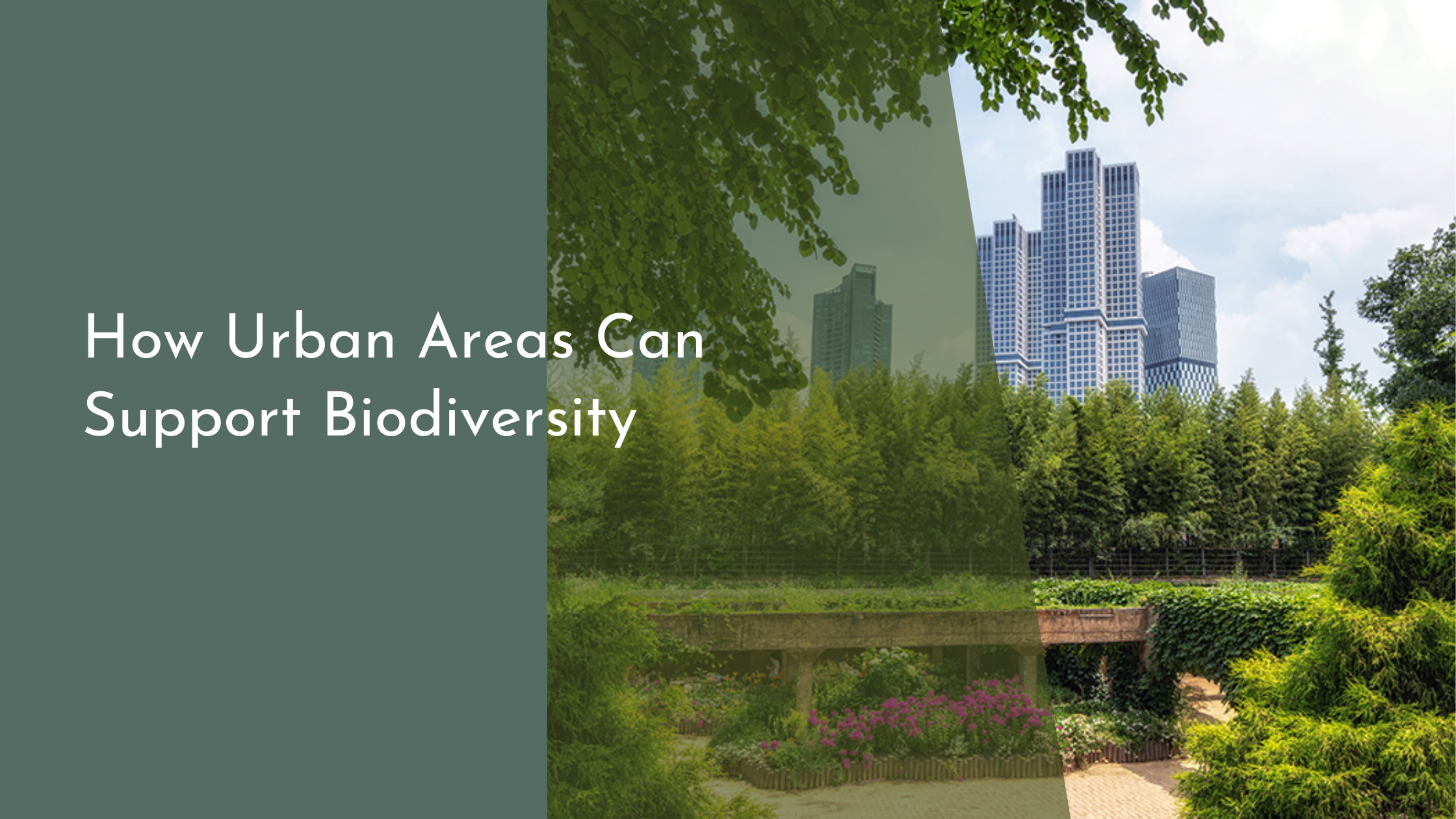How Urban Areas Can Support Biodiversity
As urbanization continues to expand across the globe, cities are increasingly recognized not only as places of human habitation but also as potential refuges for biodiversity. While urban areas have traditionally been seen as threats to natural ecosystems, they can also become sanctuaries where diverse species thrive. By embracing innovative strategies and encouraging community involvement, urban areas can transform into vibrant ecosystems that support a wide range of flora and fauna. This article explores how cities can play a crucial role in fostering biodiversity through thoughtful design and sustainable practices.
Understanding Urban Biodiversity Challenges
Urban areas present unique challenges to biodiversity that stem primarily from habitat loss, pollution, and climate change. As cities expand, natural landscapes are often replaced with concrete jungles, severely limiting the space available for native plants and animals. The fragmentation of habitats can lead to declines in species populations and disrupt ecological networks. Additionally, urban environments often bring increased levels of pollution, including air and noise pollution, that can negatively impact local wildlife.
Moreover, the effects of climate change are often magnified in urban settings. The urban heat island effect, where cities become significantly warmer than their rural surroundings, can exacerbate the challenges faced by native species. These issues highlight the importance of understanding and addressing the specific challenges of urban biodiversity. By acknowledging these hurdles, cities can develop tailored solutions that mitigate negative impacts and foster environments where both wildlife and humans can thrive.
Designing Green Spaces for Wildlife Habitats
Creating green spaces within urban environments is a crucial step in supporting biodiversity. Parks, gardens, and green roofs serve as important refuges for wildlife, providing essential habitats for birds, insects, and small mammals. By incorporating native plant species into these areas, cities can enhance the availability of food and shelter for local fauna. Native plants are particularly important as they are adapted to local climate conditions and provide the necessary resources for indigenous wildlife species.
Moreover, varied green spaces contribute to a mosaic of habitats that can sustain a wide range of species. Designing these areas with features such as water bodies, diverse vegetation structures, and connectivity to other green areas can significantly boost their ecological value. Such spaces not only support wildlife but also enhance the quality of life for urban residents, offering opportunities for recreation and relaxation. By prioritizing green infrastructure, cities can maintain ecological balance and promote biodiversity amidst urban sprawl.
Encouraging Community Participation in Conservation
Community involvement is essential for successful urban biodiversity initiatives. Engaging local residents in conservation efforts fosters a sense of stewardship and ownership over local green spaces. Cities can organize workshops, volunteer programs, and citizen science projects to encourage people to actively participate in biodiversity conservation. These activities not only educate residents about the importance of biodiversity but also empower them to contribute to meaningful environmental change.
Furthermore, community gardens and urban farming initiatives can serve as gateways for engaging citizens in biodiversity-friendly practices. These spaces allow people to experience nature firsthand and understand the impact of their actions on local ecosystems. By fostering a connection between people and nature, cities can inspire a culture of conservation that extends beyond individual green spaces and influences broader environmental policies. The collective effort of communities can drive significant positive change in urban biodiversity conservation.
Promoting Biodiversity through Urban Planning
Urban planning plays a pivotal role in integrating biodiversity into the fabric of city life. Planners can prioritize biodiversity by incorporating ecological considerations into land-use decisions, zoning regulations, and development projects. For instance, creating wildlife corridors or buffer zones can facilitate the movement of species across urban landscapes, reducing habitat fragmentation. By embedding ecological principles in urban planning, cities can ensure that development and conservation go hand in hand.
Moreover, incorporating biodiversity targets into city planning documents, such as master plans or sustainability strategies, can set clear objectives for enhancing urban ecosystems. Planners can use tools like green infrastructure mapping and environmental impact assessments to guide decision-making processes that prioritize biodiversity. Through these approaches, cities can create resilient urban environments that support a diverse array of species while accommodating human development needs.
Urban areas have the potential to become vibrant ecosystems that support a rich tapestry of life. By understanding the unique challenges of urban biodiversity, designing and maintaining green spaces, engaging communities, and integrating biodiversity into urban planning, cities can create environments where both nature and people flourish. As we look to the future, embracing these strategies offers a hopeful vision of urban landscapes teeming with life, contributing to the global effort to preserve biodiversity for generations to come. Let us work together to transform our cities into thriving sanctuaries for both wildlife and humanity.


